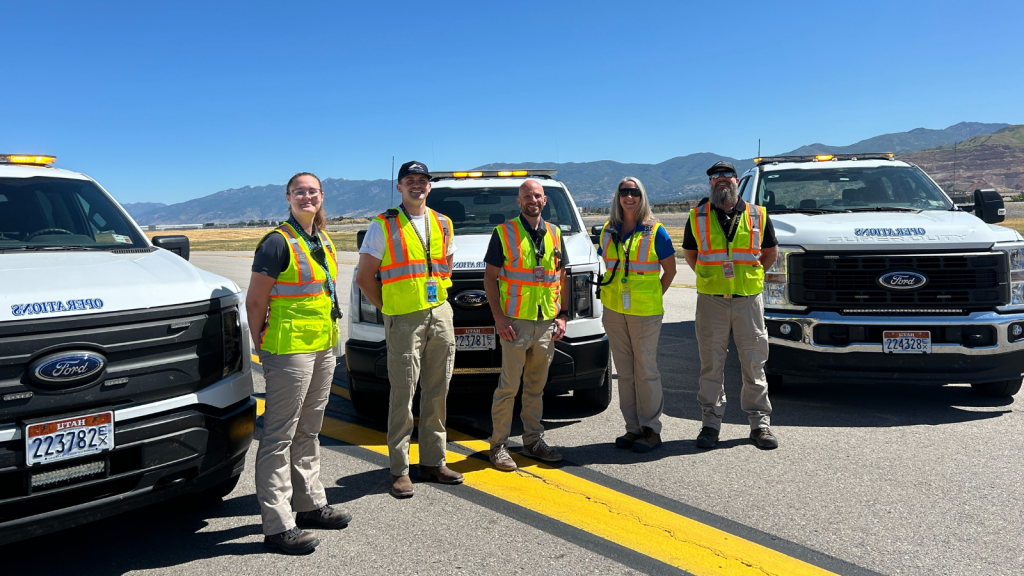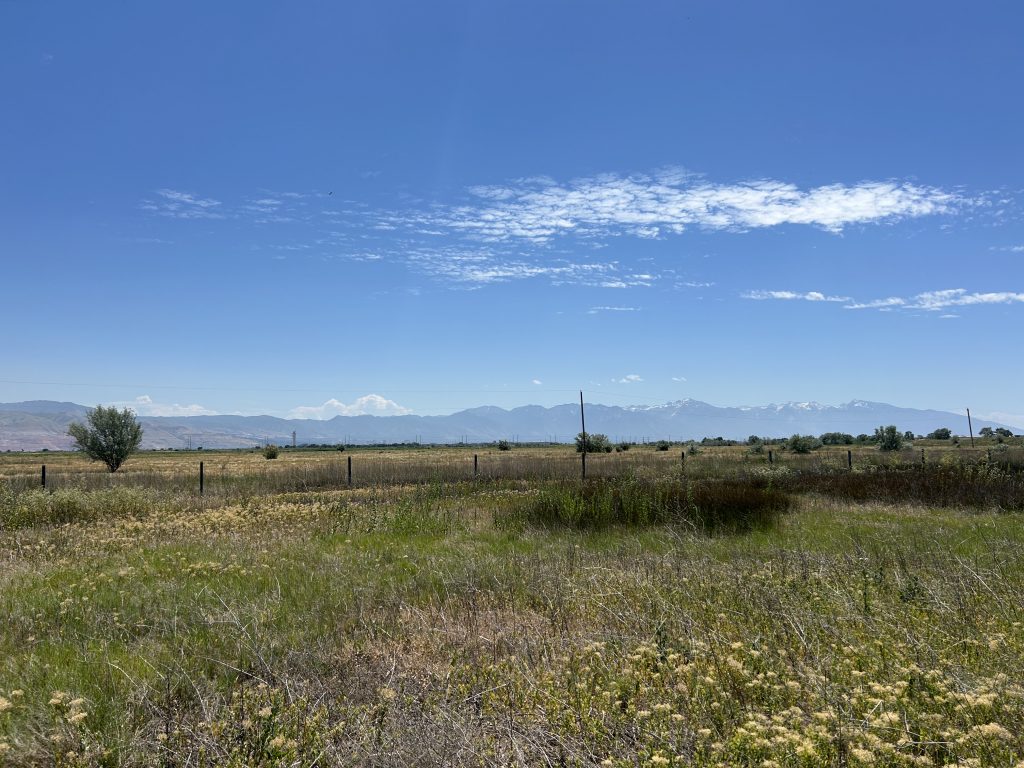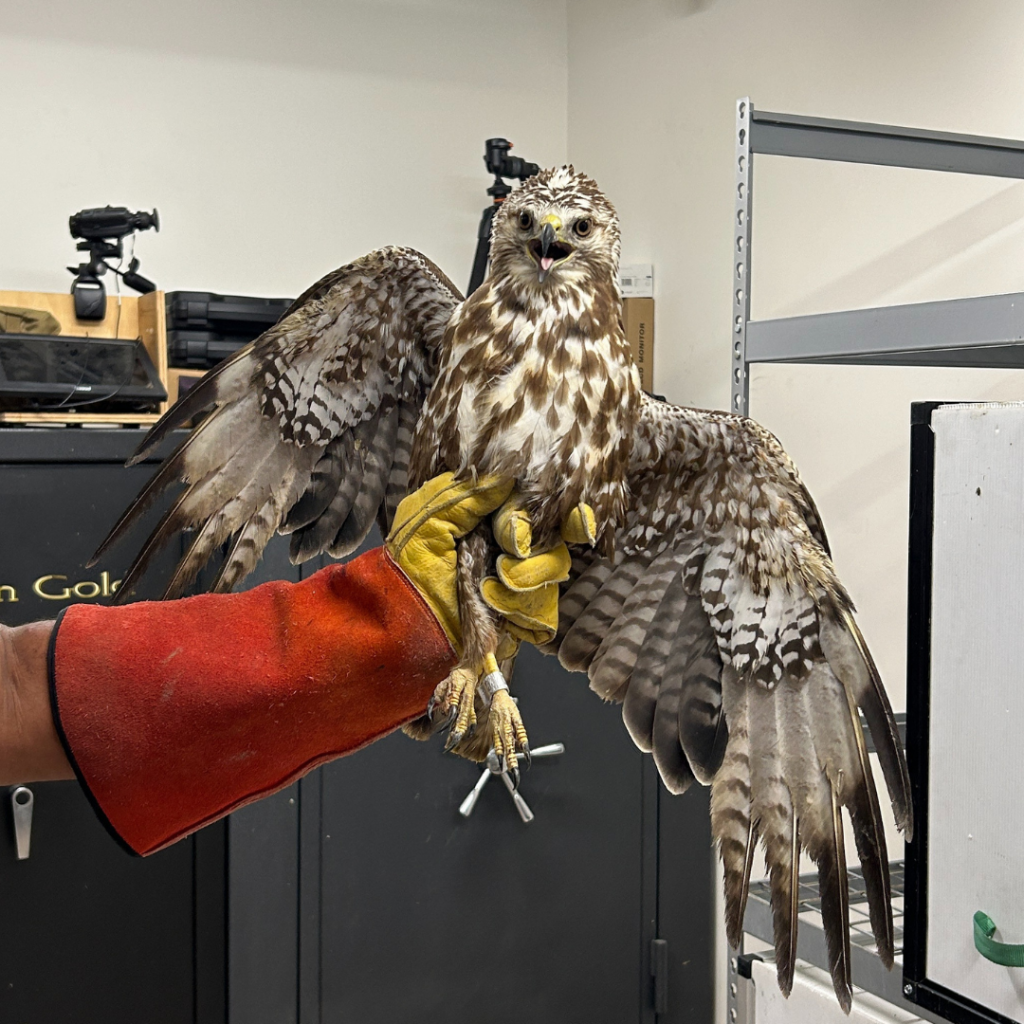Airfield Safety at SLC | A 24-Hour Operation
Safety of air travel is always a priority in the industry and Salt Lake City International Airport (SLC) is doing everything possible to run a safe operation for both passengers and employees. SLC is a certified Class I airport with the Federal Aviation Administration (FAA)-meaning the airport has an Airport Operating Certificate, which enables it to serve any airline carrying 31 passengers or more.
Translation: SLC is authorized by the FAA to be a major commercial airport! While that may not be new information, most people don’t know all that SLC does daily to maintain this status.
For SLC to maintain its Class I designation, SLC must comply with Part 139 of the Code of Federal Regulations. Part 139 is comprised of all the requirements set by the FAA to ensure an airport is operating as safely as possible. Sections of the code include emergency response procedures (e.g. fire and police), runway lighting and markings, snow and ice control, airfield maintenance, wildlife mitigation and other requirements.
Compliance is a daily, even hourly, commitment for SLC. However, an inspector from the FAA comes to SLC each year for an entire week to make sure the airport is in compliance with Part 139.
“Part 139 is really about making sure the airport is compliant and safe,” said Matt Brown, SLC assistant operations director. “Every day we do a self-inspection, making sure we are in compliance with Part 139.”
Runway Inspections & Controlling FOD

One of SLC’s largest divisions is a Department of Operations that is comprised of many moving parts: From the Airport Control Center (the dispatch center for all emergency and non-emergency situations) to runway safety, operations specialists are working around the clock to ensure that the airfield is safe.
In addition to biannual runway closures for cleaning, painting and pavement work (see our article on airport spring maintenance link to article), the airfield operations team conducts multiple runway inspections daily.
During each inspection, several operations specialists drive down each runway to check the lighting, pavement and safety areas for anything that may need to be addressed. The team also looks for FOD (Foreign Object Debris). FOD is essentially anything that should not be on the runway–trash, tools, tree branches or twigs. No matter how small, all FOD must be removed to ensure aircraft can land and take-off safely.
During the inspection, the team also looks for another type of FOD: animals. Birds, rodents and the occasional deer, which can create a dangerous situation for aircraft flying in and out of the airport. Birds can cause major issues if sucked into an aircraft engine. And larger animals, like deer and foxes, can cause damage to aircraft if a collision occurs.
Airport operations specialists often use vehicle sirens to scatter birds and rodents away from the runways. But they also work closely with SLC’s wildlife mitigation team to proactively prevent animals from getting too close to the airfield.
Wildlife Mitigation: Protecting Passengers and Animals

To comply with Part 139, SLC is required to have procedures in place to prevent wildlife hazards not just within the bounds of the airfield but also within a 5-mile radius. Mitigating wildlife on the airfield is important to protect animals but also to prevent aircraft incidents.
The wildlife mitigation team, in partnership with airfield operations, monitors the airfield for potential wildlife hazards, every hour of every day. They use a variety of tactics to deter wildlife from creating habitats at the airport–working in tandem with the SLC’s Department of Maintenance to trim grasses and decrease the insect population, reducing the likelihood that an animal will want to build a home on the airfield. The wildlife mitigation team also traps and relocates animals when possible.
But what about rodents? Or even something as small as a grasshopper?

“Grasshoppers can be a huge issue,” said Alex Blanchard, SLC Airport wildlife manager. “They attract gulls, which in turn, attract larger birds of prey like raptors.”
Controlling the food source for gulls and raptors makes a huge difference in keeping these birds off of the airfield. SLC wildlife mitigation cares deeply about preserving the lives of these creatures while also protecting passengers.
A Successful Part 139 Inspection
SLC most recent FAA Part 139 Inspection in June 2024 found the airport to be in compliance–operating a safe and secure airfield. This annual inspection was a success because of the daily vigilance of dedicated SLC airport employees. By upholding Part 139, SLC is committed to safety-24 hours a day, 365 days a year.

